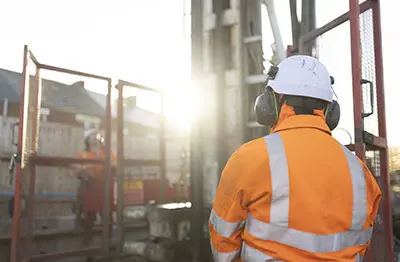

Vibrating Wire Piezos
Precision Pore Pressure Monitoring for Complex Ground Conditions
About
Measuring Pore Water Pressure
Vibrating wire piezometers (VWPs) are one of the most reliable and accurate tools for measuring pore water pressure in soils and rock. Used across a wide range of geotechnical, environmental and infrastructure projects, they provide vital data that informs safe design, construction and long-term asset performance.
At Igne, we specialise in the installation of vibrating wire piezometers as part of our wider specialist drilling services. Whether you need a single piezo for a short-term ground investigation or a complex, multi-level installation for a long-term infrastructure monitoring programme, our drilling teams have the technical knowledge and field experience to deliver.
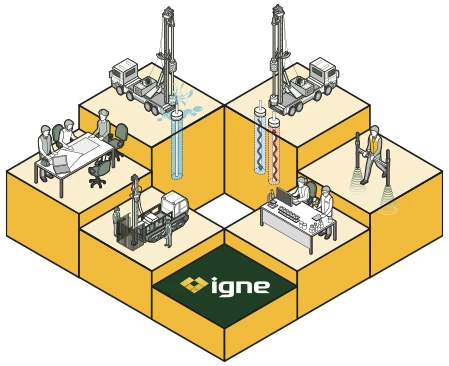
The Uses
What are Vibrating Wire Piezometers Used For?
Vibrating wire piezometers are used to measure pore pressure in the ground. This pressure, caused by the presence of water in soil or rock pores, can have a significant effect on ground strength, slope stability and the load-bearing capacity of the subsurface.
Applications include:
- Slope Stability Monitoring in embankments, cuttings and landslide-prone areas
- Pore Pressure Measurement during or after ground improvement or dewatering works
- Monitoring of Groundwater conditions during and after construction
- Tunnel, Dam & Embankment Safety monitoring
- Earthworks & Settlement investigations
- Environmental Baseline & Contamination studies
Because VWPs are durable and capable of long-term deployment, they are particularly valuable for infrastructure schemes such as rail, road, dams and urban development projects where ground conditions evolve over time.
The science
How do Vibrating Wire Piezometers Work?
They operate on the principle that changes in pore pressure cause a diaphragm inside the instrument to move. This movement changes the tension on a tightly stretched wire inside the sensor. The wire’s vibration frequency changes in response to this tension, and this change is measured electronically.
The readings are unaffected by long cable runs, electrical noise or harsh environmental conditions, making them ideal for remote or demanding sites.
They can be installed at depth in boreholes, within embankments, or embedded into concrete structures.
The process
Installing VWPs: The Igne Approach
The accuracy and longevity of a vibrating wire piezometer installation rely heavily on the quality of the drilling and grouting process. At Igne, we use specialist drilling methods tailored to the specific geology, depth and monitoring requirements of the site.
Our installation process typically involves:
- Drilling to the required depth using rotary or cable percussion techniques
- Installing the piezometer at the target stratum
- Backfilling with a bespoke grout mix to ensure hydraulic connectivity
- Routing Cables to a secure, accessible monitoring location
- Testing & Commissioning of the instrumentation
We also offer multi-level installations using fully grouted or nested approaches, enabling you to monitor pressure changes across different strata within the same borehole.
The Benefits
Why Choose Vibrating Wire Technology?
Vibrating wire piezometers are a popular choice because they offer:
- High accuracy and long-term stability
- Resistance to signal degradation over long distances
- Robust performance in chemically aggressive or high-pressure environments
- Compatibility with data loggers and remote telemetry systems
- Low power consumption for long-duration projects
When installed correctly, they provide reliable data for many years with minimal maintenance.
The end
End-of-Life & Decommissioning
Once monitoring is complete, Igne can carry out safe and compliant decommissioning of piezometer boreholes. This usually involves grouting up the borehole to prevent vertical migration of contaminants or water.
We ensure decommissioning meets all relevant standards and is fully documented.
FAQ
Frequently Asked Questions about Vibrating Wire Piezometers
- What is a vibrating wire piezometer?
A vibrating wire piezometer is an instrument used to measure pore water pressure in soil or rock. It works by converting pressure changes into frequency signals using a tensioned wire inside the sensor.
- How does a vibrating wire piezometer work?
When pore pressure increases or decreases, it deflects a diaphragm within the sensor, altering the tension on a tightly stretched wire. The change in tension affects the wire’s vibration frequency, which is measured and converted into a pressure reading.
- Where are vibrating wire piezometers used?
They are commonly used in embankments, dams, retaining walls, cuttings, slopes, landfills, tunnels, and foundations. They’re ideal for both short-term site investigations and long-term monitoring projects.
- Why choose a vibrating wire piezometer over other types?
Vibrating wire piezometers are highly accurate, stable over long periods, and resistant to electrical interference. They are well suited to harsh environments and perform reliably over long cable runs.
- Can vibrating wire piezometers be installed at different depths?
Yes; multiple piezometers can be installed in a single borehole at different depths, either in a nested configuration or using a fully grouted method. This allows for monitoring of various geological layers.
- What drilling methods are used for installing piezometers?
gne uses rotary drilling, cable percussion or other appropriate techniques based on ground conditions. Precision drilling and grouting are essential to ensure the piezometers perform accurately and remain hydraulically isolated.
- How long do vibrating wire piezometers last?
With proper installation and protection, they can last for many years, often 10 to 20 years or more. Their durability makes them ideal for long-term infrastructure and environmental monitoring.
- Can data from vibrating wire piezometers be collected remotely?
Yes, they can be connected to data loggers with remote telemetry systems, allowing for automated readings, real-time alerts, and integration into monitoring dashboards.
- What are the limitations of vibrating wire piezometers?
They require correct installation and grouting to ensure hydraulic connection. In very soft soils or highly dynamic environments, other instruments may be considered, but vibrating wire piezometers remain one of the most robust and trusted options.
- Does Igne install vibrating wire piezometers?
We specialise in the drilling and installation of vibrating wire piezometers as part of geotechnical, environmental and infrastructure monitoring strategies. Our expert teams ensure each installation is accurate, reliable and built to last.
The Next Step
Your Expert Partner for Specialist Monitoring Installations
We have a deep understanding of the challenges and technical requirements involved in installing vibrating wire piezometers. Our experience spans transport infrastructure, major civils, geotechnical risk management and contaminated land projects.
We combine this with a commitment to high-quality data and safe, efficient fieldwork.
Whether you’re planning a large infrastructure development or need pore pressure data for a smaller site, Igne’s integrated teams can provide a complete solution - from initial scoping to drilling, installation, monitoring and eventual decommissioning.
Let’s Get Your Monitoring Strategy in Motion
Need to monitor pore pressure with confidence? Get in touch with our specialist drilling experts today. We’ll help you design and install a piezometer system that delivers reliable, actionable data for the full life of your project.

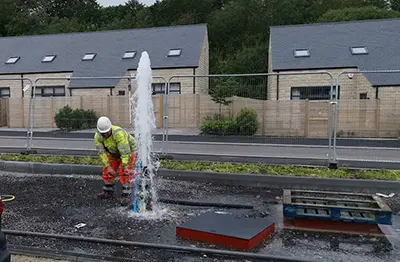
Artesian Boreholes
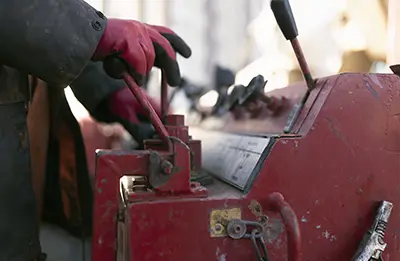
Angle Boreholes
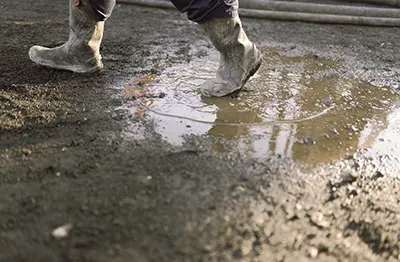
Drilling with Mud
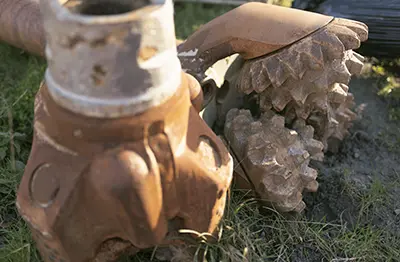
Large Diameter Boreholes
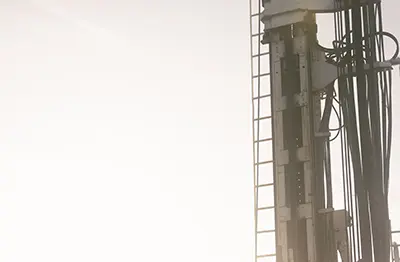
Deep Boreholes
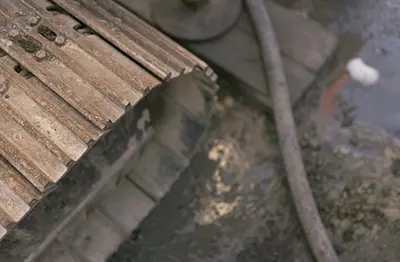
Acidisation
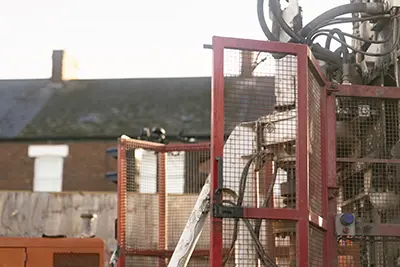
Hydrofracturing

Dewatering

Monitoring Boreholes

Vibrating Wire Piezos

Fibre Optics

Seismic Monitoring

Deep Wireline Coring

Gas Control

Deep Soakaways

Decommissioning

Specialist Plant & In Hole Equipment Hire

